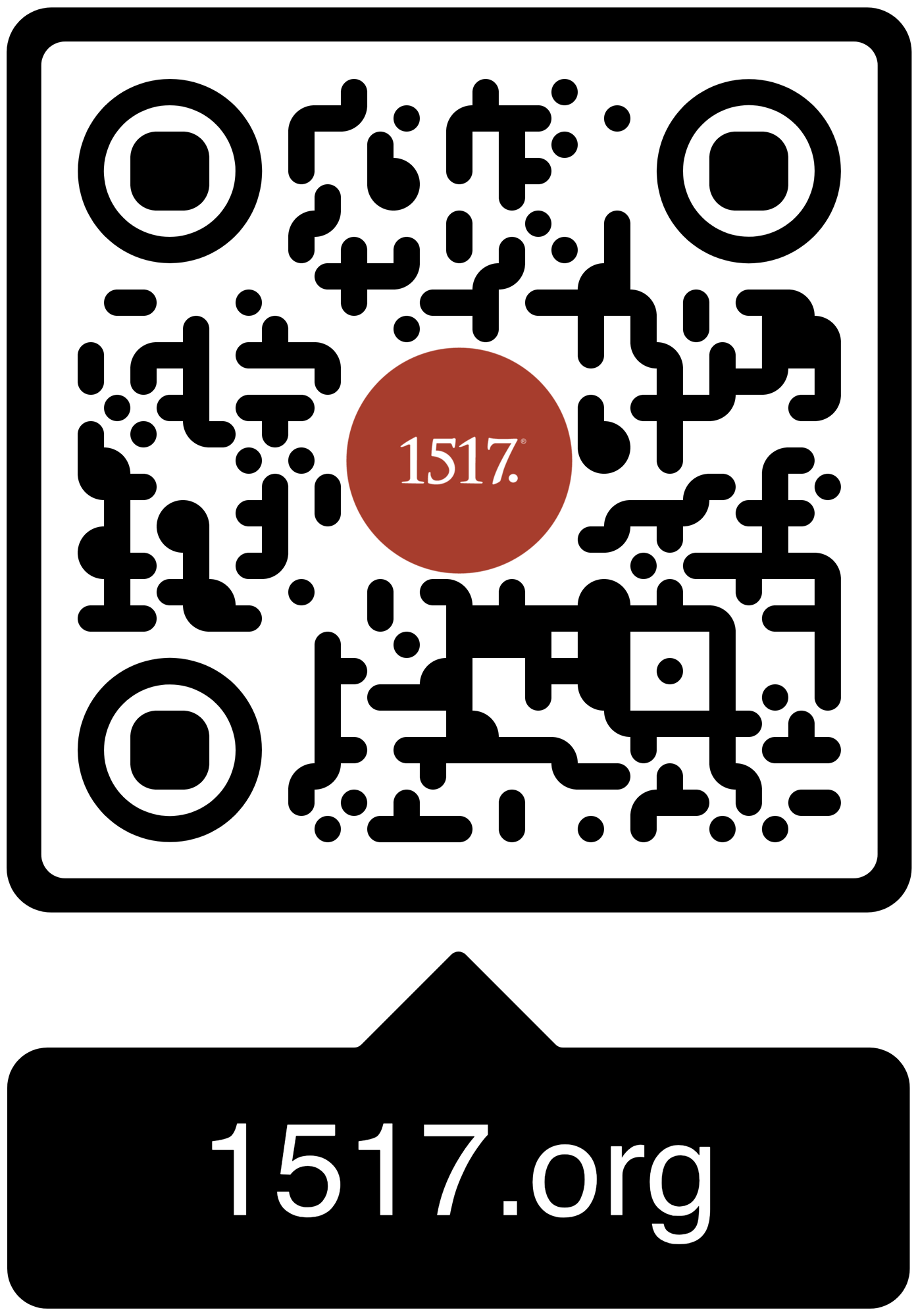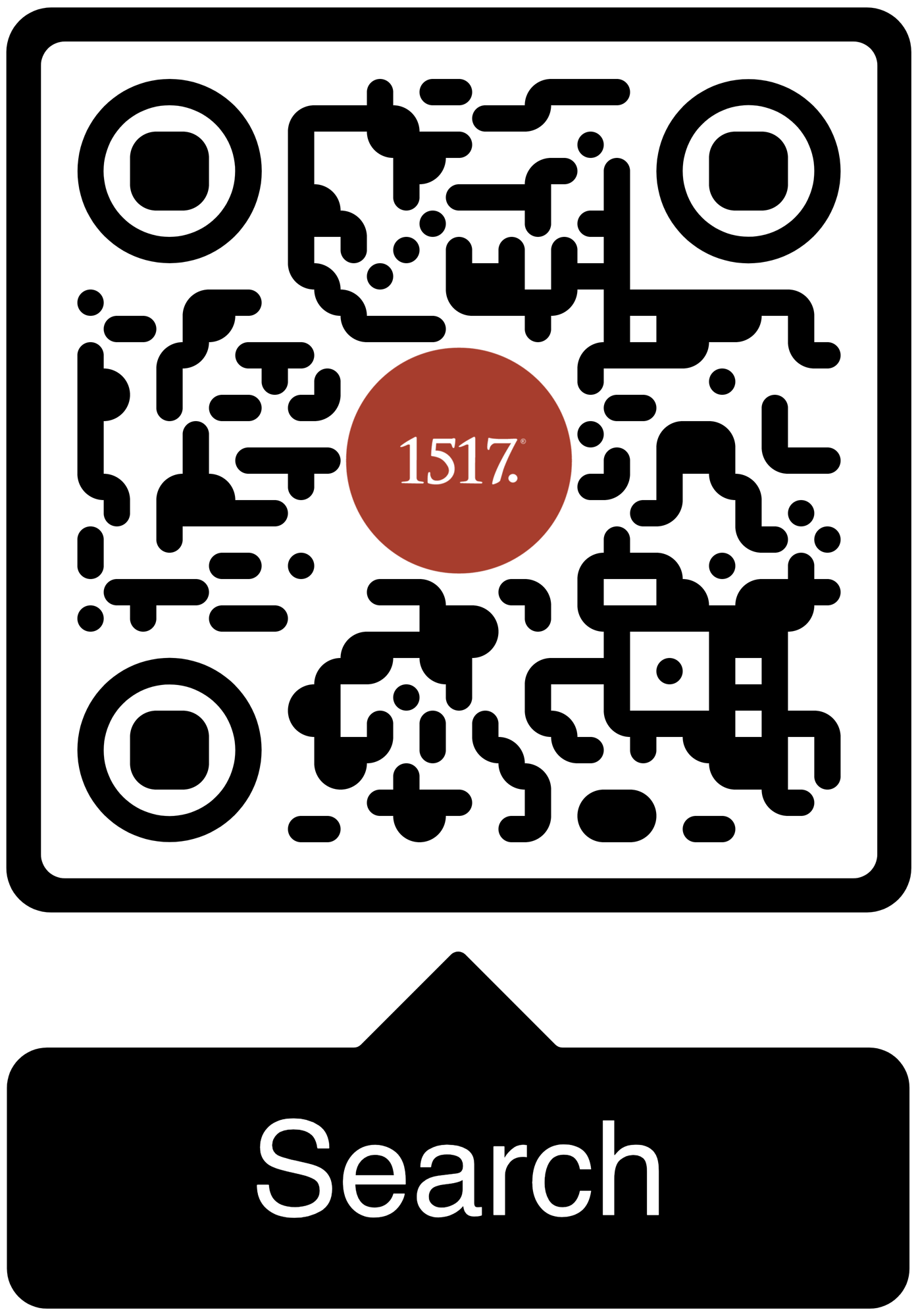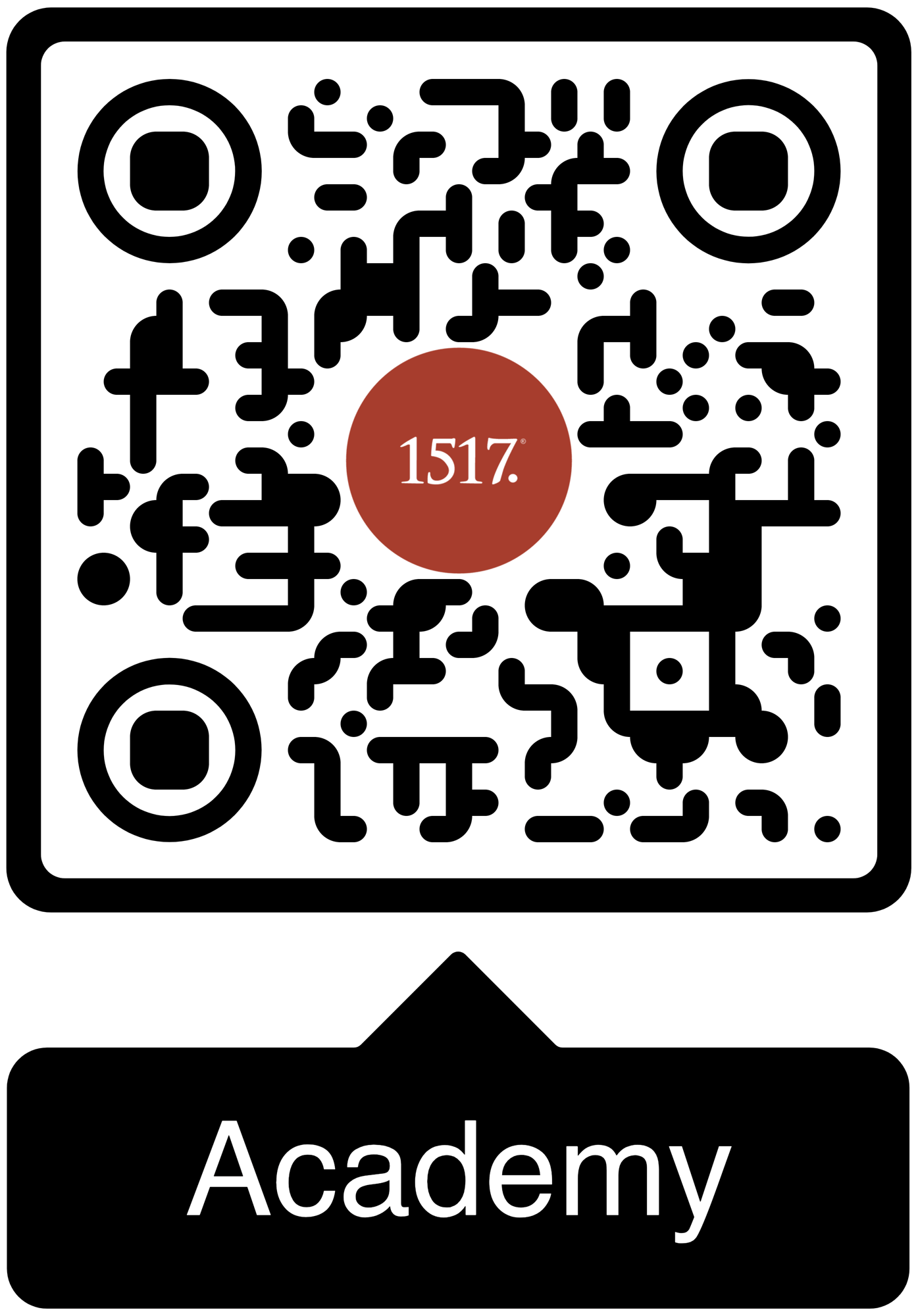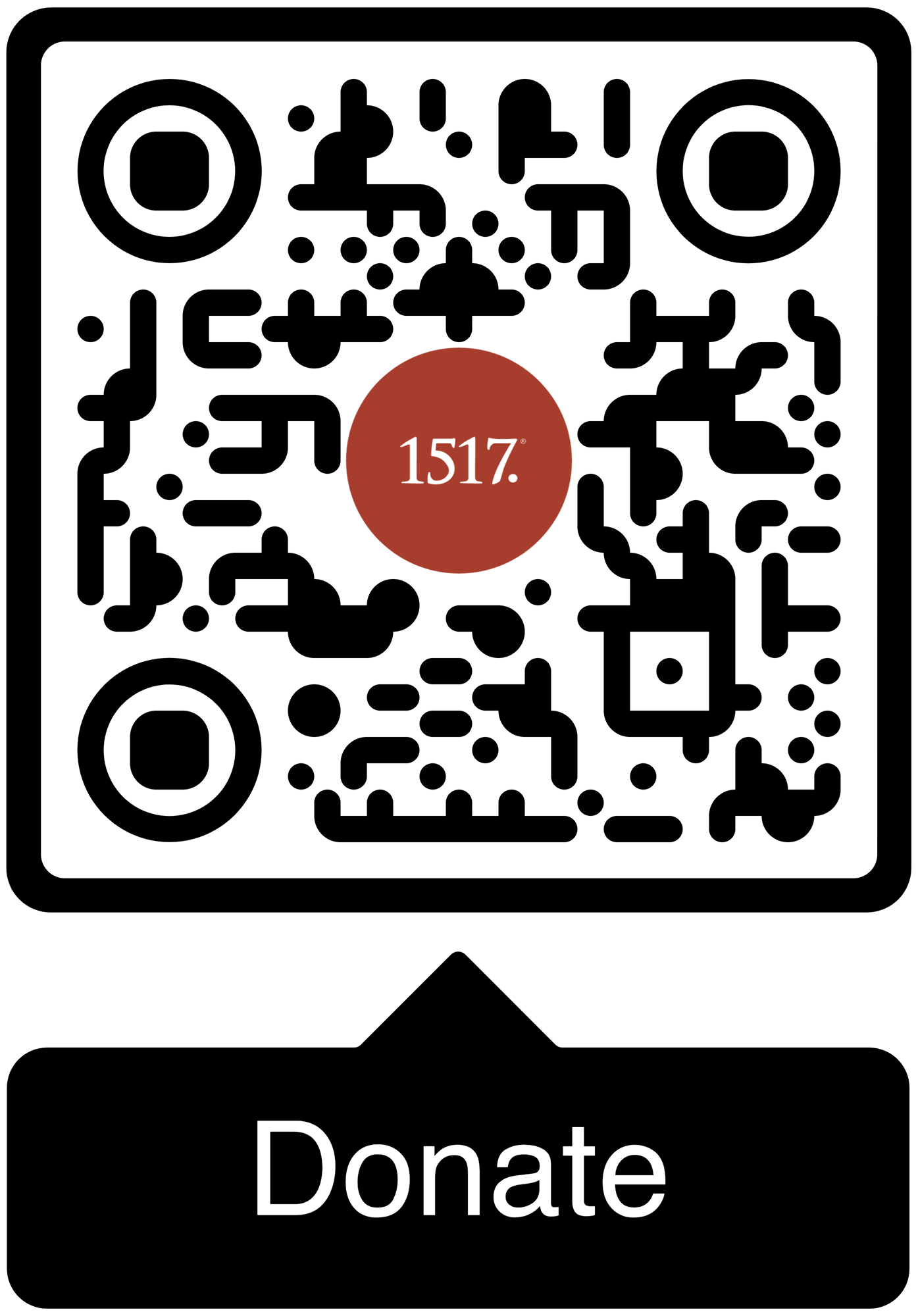Despite the mathematical incongruity, the church confesses that Christ is one hundred percent human and one hundred percent divine.
Amid Jesus’s upper room discourses, which comprise Chapters 13 through 16 of John’s Gospel, Jesus has an intriguing exchange with Philip, who boldly asks to be shown the Father (John 14:8). This comes on the heels of Jesus’s admonition to trust in God and his further disconcerting revelation that he is about to depart to go to where his Father is (John 14:1–4). After Thomas chimes in to inquire how they might know where he’s going, and the Lord replies with his eponymous assertion that he is “the way, and the truth, and the life” (John 14:6), Philip’s searching question lets us know that there were more than a few Doubting Thomases in the room. Within his terse albeit comforting answer, though, Jesus condenses tomes of Christology into a few affirmative declarations concerning his identity as the Son of God and, in particular, the one who makes God known.
“Have I been with you so long,” Jesus says, “and you still do not know me, Philip? Whoever has seen me has seen the Father. How can you say, ‘Show us the Father’? Do you not believe that I am in the Father and the Father is in me? The words that I say to you I do not speak on my own authority, but the Father who dwells in me does his works. Believe me that I am in the Father and the Father is in me, or else believe on account of the works themselves” (John 14:9–11).
This is, perhaps, the most explicit example of Christ alluding to what would later be understood within broader theological schools as the communicatio idiomatum, which is a Latin phrase referring to the “communication of attributes,” especially the attributes of God himself. As Jesus maintains his co-equality with the Father, he lets the proverbial cat out of the bag that his followers had been privy to seeing the Father all along. All those exchanges with Pharisees, lepers, and beggars were not merely lenses by which Jesus of Nazareth showcased his philanthropic heart. Rather, they were windows through which all of mankind could glimpse the very heart of God. In that way, the communicatio idiomatum denotes the correspondence between Christ’s divinity and humanity, allowing us to see the incarnation as the ultimate convergence of God’s penchant for self-disclosure.
The anonymous writer of the Book of Hebrews opens his treatise by alluding to the God who speaks and who, thereby, reveals himself. Whereas the speech of God, which is the truth of God, was previously communicated “by the prophets,” he has now epitomized himself “by his Son” (Heb. 1:1–2). As the very Word of God, who becomes enfleshed and dwells among humanity (John 1:14), Christ Jesus is, therefore, the speech of God personified. This coincides with the Pauline expression that in the Christ of God, “the fullness of God was pleased to dwell” (Col. 1:19; 2:9). Rather than leave his creatures with nothing more than the intangible assertions of who he is via poets, prophets, and angels, God decidedly and definitively communicates who he is in and through the person of his Son. “In the person Jesus,” the late Eberhard Jüngel once wrote, “is revealed what God as the one who speaks is all about” (13).
Rather than leave his creatures with nothing more than the intangible assertions of who he is, God decidedly and definitively communicates who he is in and through the person of his Son.
Concerning this inclination of God to reveal himself, German reformer Martin Luther attests that “God will or can be known no otherwise than by Christ”; he is, in every way, “the glass, by which we see God” (465). He, as John articulates it, is the one who makes God “known” (exēgeomai, John 1:18), which is to say that he who is both fully human and fully divine is the exegesis of God’s attributes to ignorant and sinful human beings. To follow the orthodox definition of Chalcedon, Christ is consubstantial with both God and Man, “without confusion, without change, without division, without separation.” The Christ of God, therefore, is the locus of God’s self-revelation to mankind, divulging the Father’s prerogative to reconcile all things to himself in the contours of flesh and blood (Heb. 2:14). In Christ, one witnesses the astonishing revelation of one who was “made like his brothers in every respect, so that he might become a merciful and faithful high priest in the service of God” (Heb. 2:17) who is no less capable of dispensing forgiveness since he is “God with us” (Matt. 1:23).
Patristic theologians took particular interest in the communicatio idiomatum, especially since it figures so largely in the efficacy of Christ’s redemption. Prior to the Chalcedonian expression of the Son’s consubstantiality, early church fathers such as Cyril of Alexandria and Leo the Great grappled with the theological implications of the perfect union of divinity and humanity in the person of the Son. “Christ,” Cyril attests in his Five Tomes Against Nestorius, “is truly God, the One and Only of God the Father, not severed into man separately and likewise into God, but the Same, both Word out of God the Father and Man out of woman as we, while He abideth God” (10). This, indeed, is the mystery of the incarnation, one that is very much beyond finite comprehension. “For the selfsame Who is very God, is also very Man,” agrees Leo, “and there is no illusion in this union, while the lowliness of man and the loftiness of Godhead meet together” (115). Despite the mathematical incongruity, the church confesses that Christ is one hundred percent human and one hundred percent divine.
The idiomata of God and mankind, encapsulated in the Christ of God, is, however, no mere artifact of bygone Christological debate. Rather, it is through the mystery of the communicatio idiomatum, as it is perceived in Christ, that the divine remedy for the sins of humanity is made known, inevitably ushering one to the foot of the cross, where Christ’s divinity and humanity ultimately unfurl to win salvation for sinners. The horrid tree of Golgotha emblazons the Christian faith with the precise profile of who God is, revealing him to be one who would donate his own self to be the propitiatory sacrifice for all who would believe. Pegged between two thieves is none other than the Incarnate Word, bleeding out for a world hell-bent on missing the point. In other words, it is precisely in the folly of the cross that God is fully known.
Following Martin Luther’s incisive theologia crucis (“theology of the cross”), Eberhard Jüngel concludes that all theology is, in many respects, the “theology of the Crucified One”: “When we attempt to think of God as the one who communicates and expresses himself in the person Jesus, it must be remembered that, in fact, this man was crucified, that he was killed in the name of God’s law. For responsible Christian usage of the word ‘God,’ the Crucified One is virtually the real definition of what is meant with the word ‘God.’ Christianity is thus fundamentally the ‘theology of the Crucified One’” (13).
Apart from a keenly Christocentric understanding of the communicatio idiomatum, God’s salvific prerogative is fatally undermined. The God who speaks and reveals himself does so through distinctly human idiomata, without which Christ would be nothing more than a spirit descending from heaven to impart God’s words to mankind, and divine idiomata, without which Christ would utterly fail to atone for the sins of the world (John 1:29). Consequently, as the attributes of God are communicated in and through Christ, one is imbued with the assurance that one’s hope of absolution, justification, and glory are tethered to he whose infinite authority and empathy has been particularly employed on behalf of a world full of sinners, in order to bring them from darkness to light and from death to everlasting life.




